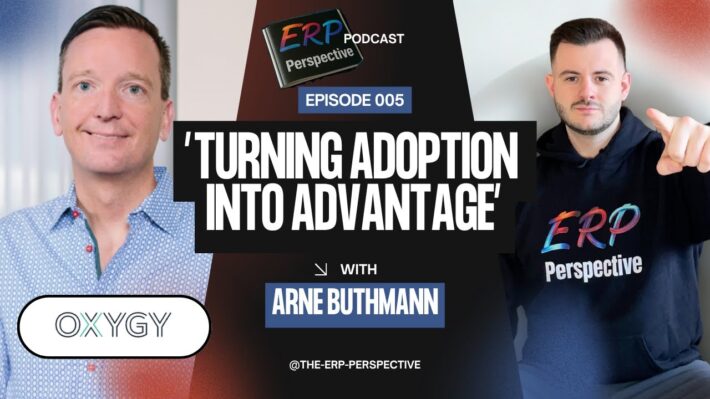From behind the scenes of the most successful tech companies: Driving Big Change with OKRs
Four questions about driving change with the help of OKRs (Objectives & Key Results) with Friedemann Lutz
It is widely agreed that in today’s world we need to get better at making change happen. Why is it so difficult?
Most organizations are getting better and better at identifying the need for change, and react faster to it with new strategies and initiatives. However, very often there is a serious disconnect between the management team, some specialists and most of the staff, who are continuing with “business as usual”. I have many personal examples, the latest from the pharma and insurance industries, where the top management was already far ahead on the change journey, while most of the staff were left wondering where they were all actually heading.
What are the biggest roadblocks to change?
Nearly all organizations are in desperate need of change, which has become the norm, but very often we observe the following mistakes:
Lack of clear and inspiring direction: Slogans like “becoming agile”, “partnering with the customer” or “cost effectiveness is our first priority” are not clear and precise enough to provide the necessary guidance and motivation for people to embrace change.
Lack of purpose and strategy: Ambitious goals like “Doubling the turnover” or “Become the No. 1 on the market” are not very inspiring nor motivating for most people except the top management.
Lack of translation: Missing translation of the proposed changes for individual departments and teams. The questions “What does that mean for me?” or “What is expected from me?” remain unanswered.
Lack of notable progress: Even if some people alter their behavior to start moving in the right direction, few people will notice. As a consequence, there is little opportunity to celebrate successes, because small changes are largely overlooked.
How can organizations address these issues?
Many successful tech companies use a version of the OKR approach to drive engagement, agility and thinking beyond the usual paths. I strongly believe this is more crucial to their constant success than using the latest technologies.
Despite the spectacular successes of many tech companies, the driving nature of the performance management approach behind the scenes has gone surprisingly unnoticed. However, we have been using OKRs as a platform to engage employees to reach new horizons and achieve ambitious goals and breakthrough results that many believed to be impossible. In a nutshell this means:
- Define a clear and inspiring purpose together with moonshot goals.
- Define inspiring and ambitious objectives.
- Use the idea of aspirational objectives to tackle seemingly impossible goals step by step.
- Break these goals down into tangible results and KPIs.
- Engage teams and define initiatives that will drive progress of the changes.
- Check in on progress daily or weekly to motivate teams regularly.
- Create transparency across teams, so that everybody knows what others are working on to foster internal alignment.
Why does it work?
OKRs…
- give direction because clear goals and targets are a necessity. For example it is not easy to translate something like agility into a measurable target, e.g. around customers, users, tangible new challenges, etc. But only when you do so you really do know where you must go.
- help to align targets of teams that should work together. Too often Underwriting and Sales (reduce risk vs. increase turnover), Production and Quality (increase volume vs. eliminate risk) or even Marketing and Sales have targets that do not match with the change that is so important for the company.
- put the focus on what is most important as progress and deviation from targets are at the center of attention every day.
- help to address roadblocks of any nature very quickly, internally and externally.
- motivate employees to develop their own ideas to improve things. This is their opportunity to make them happen. For many it is very satisfying when they can influence their work.
- can be rewarding. Most people love success. This is a platform to celebrate progress very, very regularly. Not to forget that the whole approach makes success much more likely.
- simplify the communication of new directions, which is an important driver of the overall agility of the company. It becomes easier to change direction, be it technological, strategic, or reacting to a pandemic. With OKRs such changes will become routine.
The good news is that many non tech companies have started to see their fortunes improve dramatically when taking the ideas of OKRs seriously and embarking on this journey.
You can learn more about OKRs in our next webinar (please sign up below) or our article Unlock the Potential of Virtual Teams with OKRs.
[wpforms id=”3233″]
About the Author
Friedemann Lutz is a Director at OXYGY. He has supported numerous Management Teams to run demanding change initiatives, engaging their teams to make the most out of new technologies and data driven innovation.






